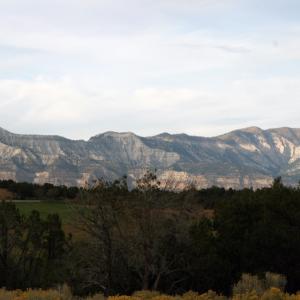NC CASC and Earth Lab release Drought Index Portal
Date
NC CASC and Earth Lab have recently released the Drought Index Portal (DrIP) through the University of Colorado, Boulder. DrIP is a web analytic resource to display, compare, and extract time series for various indicators of drought in the contiguous United States. The tool is hosted on the Cooperative Institute for Research in Environmental Studies (CIRES) web platform to be available for broader research support.
Droughts take several forms (e.g., meteorological, hydrological, agricultural/ecological) driven by the interactions of different components of the physical climate system at shorter (weeks to months) and/or longer (months to years) timescales. No single index is generally able to capture all of these dimensions of drought. Thus a multi-index approach is recommended to understand the presence and evolution of drought. Limited online resources are available to quickly compare different drought indices and the f spatial and temporal patterns of drought . DrIP has been developed to meet this need by providing a singular portal on which to perform quick visual comparisons of drought indices across time and space, and extract regional time series data. Several other analytical features are also made available in DrIP including the ability to quantify and visualize any index’s time series as the Drought Severity Coverage Index, a metric developed by the US Drought Monitor to assess severity of drought and its extent.
Travis Williams and William Travis at Earth Lab developed the initial versions of this tool to support a Western Water Assessment/NIDIS project on decision analysis based on a consideration of different drought indices. Subsequently, NC CASC scientists (Rangwala, Johnson and others) engaged with Williams to further develop the tool. DrIP data is updated at the end of every month. All data is interpolated to a common 0.25 degree spatial grid before other functions occur. Future improvement plans include increasing this resolution to 0.125 degree and adding more indices.


